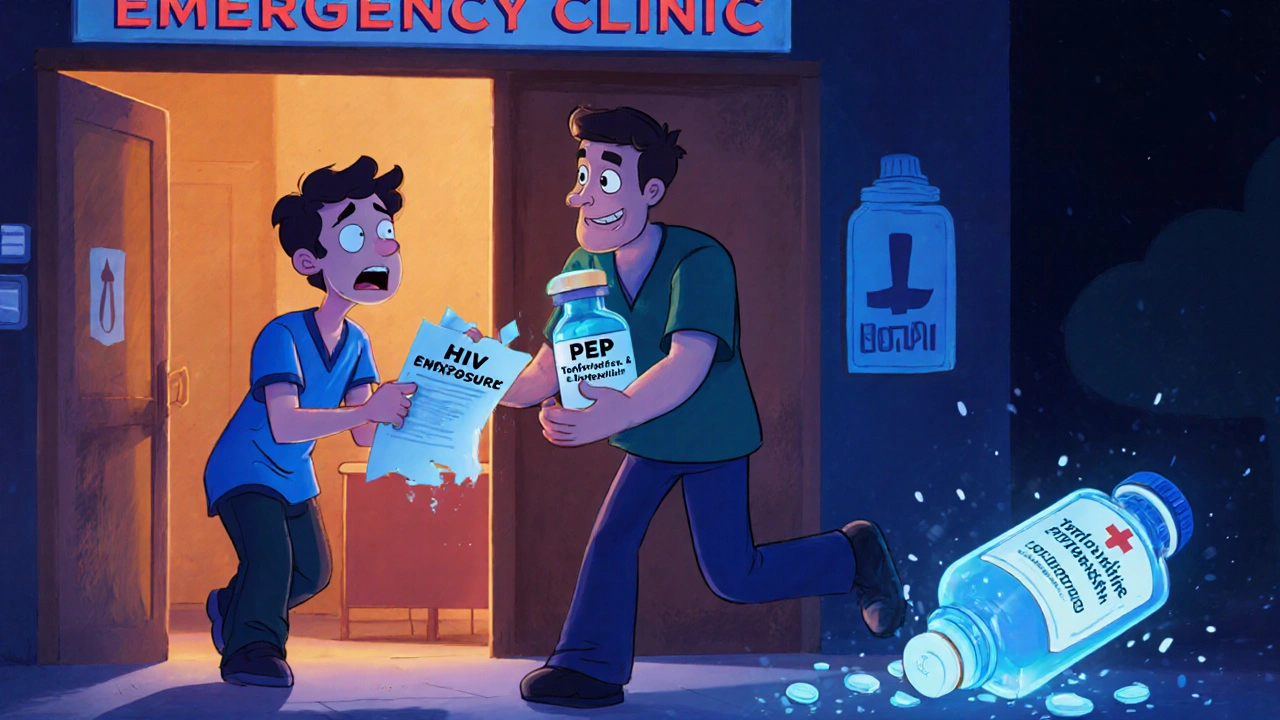Didanosine: What It Is, How It’s Used, and What You Need to Know
When it comes to didanosine, a nucleoside reverse transcriptase inhibitor (NRTI) used to treat HIV infection. Also known as ddI, it was one of the first drugs approved to fight HIV in the early 1990s. While it’s not a first-choice treatment today, it still plays a role in specific cases—especially when other drugs don’t work or cause serious side effects.
Didanosine works by blocking the enzyme HIV needs to copy its genetic material. Without that step, the virus can’t multiply. It’s often used in combination with other antiretrovirals like zidovudine (AZT), another NRTI that was among the earliest HIV drugs, or tenofovir, a more modern drug with fewer side effects. But didanosine has a reputation for being tough on the body. It can cause serious issues like pancreatitis, nerve damage, and liver problems—especially in people who drink alcohol or have existing liver disease. That’s why doctors now avoid it unless absolutely necessary.
Today, most people with HIV take simpler, safer regimens with fewer pills and less risk. But for those who’ve tried everything else, or live in places where newer drugs aren’t available, didanosine remains an option. It’s also used in pediatric cases when other NRTIs aren’t suitable. If you’re on didanosine, you’ll need regular blood tests to check your liver, pancreas, and nerves. You can’t skip doses, and you have to take it on an empty stomach—no food for at least 30 minutes before and after. That’s not easy to stick with, but for some, it’s the only thing keeping the virus in check.
What you’ll find below is a collection of real-world guides on HIV medications, how they compare, and what to watch out for. From atazanavir’s role in global programs to how drug interactions affect treatment, these posts give you the practical details you won’t get from a pharmacy label. Whether you’re managing your own treatment, helping someone else, or just trying to understand how these drugs really work, this list cuts through the noise.
Didanosine in HIV Post-Exposure Prophylaxis: What You Need to Know
Didanosine is no longer used for HIV post-exposure prophylaxis. Learn why modern PEP relies on safer, more effective drugs like tenofovir and dolutegravir instead.
